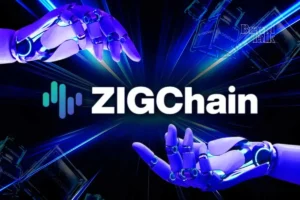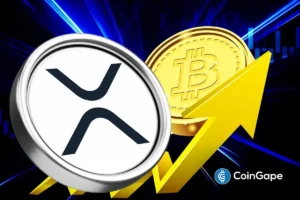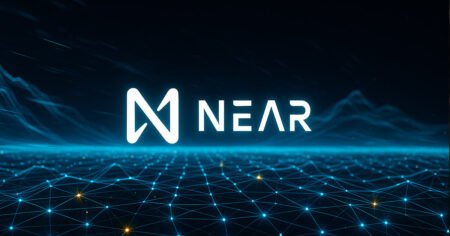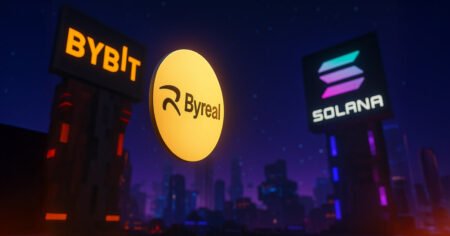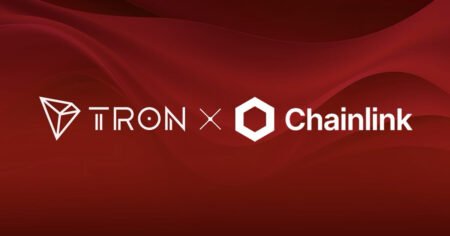Neon EVM has announced a groundbreaking Solana-native framework that aims to integrate Ethereum-based decentralized applications (dApps) with the Solana ecosystem. This new architecture, detailed in a whitepaper released on Dec. 3, allows for direct interaction between Solana wallets and Ethereum applications while leveraging Solana’s high-performance infrastructure. Some key features of this release include Solana wallet compatibility for Ethereum transactions, an on-chain mempool for scalable execution, and intent-based operations for conditional transactions like automated token swaps.
One of the major benefits of this update is that users can now sign Neon EVM transactions using Solana wallets such as Phantom, Backpack, and Solflare, eliminating the need for separate Ethereum wallets. This simplifies wallet management and ensures that users retain full control over their assets. Neon EVM’s Chief Commercial Officer, Davide Menegaldo, described this release as a milestone in cross-chain functionality, emphasizing the seamless bridge it creates between Solana and Ethereum dApps.
The forthcoming Software Development Kit (SDK) will allow developers to fully explore these capabilities, paving the way for broader adoption of Ethereum-based applications on Solana. The whitepaper also highlights infrastructure enhancements such as Associated Neon Accounts and Controlled Transaction Trees, which aim to simplify liquidity management and enable atomic and parallel execution for complex applications. The on-chain mempool is another important feature that facilitates efficient scheduling and execution of transactions, reducing costs and improving scalability.
The integration of Neon EVM is set to benefit both users and developers. Solana users will gain access to Ethereum’s robust dApp ecosystem without leaving the Solana environment, while developers can deploy Ethereum applications with minimal friction by leveraging Solana’s speed and efficiency. For DeFi platforms, the enhanced liquidity and reduced transaction costs could drive greater efficiency and adoption. These advancements mark a significant step in cross-chain collaboration, bridging two of the most dynamic blockchain ecosystems and redefining how Ethereum-native applications interact with Solana’s infrastructure.
In conclusion, Neon EVM’s transformative framework for integrating Ethereum-based dApps with the Solana ecosystem represents a significant advancement in cross-chain functionality. By simplifying wallet management, improving scalability, and enhancing liquidity management, this integration is poised to benefit both users and developers. With the forthcoming SDK allowing for further exploration of these capabilities, the platform is set to drive broader adoption of Ethereum-based applications on Solana, creating a seamless bridge between the two ecosystems.
